A mere 3 to 4 percent of all welding specialists in the EU are female, while the figure in the USA stands at around 5 percent. But no matter where you are, the numbers speak for themselves around the world: female welders remain a rarity. Claudia Tunc is one of the few women working in the welding industry. She explains how she got into welding, why she feels so at home in this profession, and what can be done at school to make the vocation more attractive to women.
Claudia, where are you currently working?
Right now I’m a Prototype Operator at the Fronius Prototyping Center in Wels.
What does the job actually entail?
My job title may be short and sweet, but my tasks vary greatly! I can be performing feasibility studies and the offline programming of welding robots, operating the robots, welding and processing components, creating micrographs, performing additive manufacturing, taking 3D measurements of components, or producing reports on a range of platforms.
That does sound like quite a mixed bag!
Absolutely, and that’s actually what I like most about my job at the moment—no two days are the same. Sometimes I weld for half the day, which is how my days tend to go just now because my colleagues and I are training for welding certificates. Other days, though, I sit and program the welding robot for hours. I lose track of time because it just flies by. And I always think that must mean that I’ve picked the right job.
Can you tell us roughly what takes place inside the prototyping center?
We collaborate with our customers to develop customized solutions for their welding challenges. For example, if a company wants to enter a new market segment or tap into a new trend, this frequently requires new types of components and materials. Constructing prototypes is fundamental here; it often involves making major investments in equipment, software, and personnel, which brings with it uncertainties. At the prototyping center, we offer our customers the opportunity to permanently outsource areas of their prototype construction that involve welding, which allows them to reduce their risks and costs. We’ve already developed solutions for customers from a wide range of sectors, including the automotive and supplier industry, aerospace engineering, the agricultural and construction machinery industry, and commercial transport.
You mentioned that you regularly weld as part of your role at the prototyping center. What is it that you most enjoy about this work?
Welding really draws me in. I find I’m able to completely block out what’s going on around me and focus entirely on the seam. I pull down the shield, watch the weld pool, and see how every single drop detaches. It totally fascinates me, although the funny thing is that I didn’t enjoy welding at all when I first started.
Why not?
Because my seams were not pretty in the beginning. I’m an absolute perfectionist, which also makes me very ambitious. Because I wanted to improve, I asked other welders for tips and watched YouTube videos, which I found very helpful. When I finally managed to produce a really nice weld, I found that I actually enjoyed the craft and since then I’ve been totally gripped by welding.
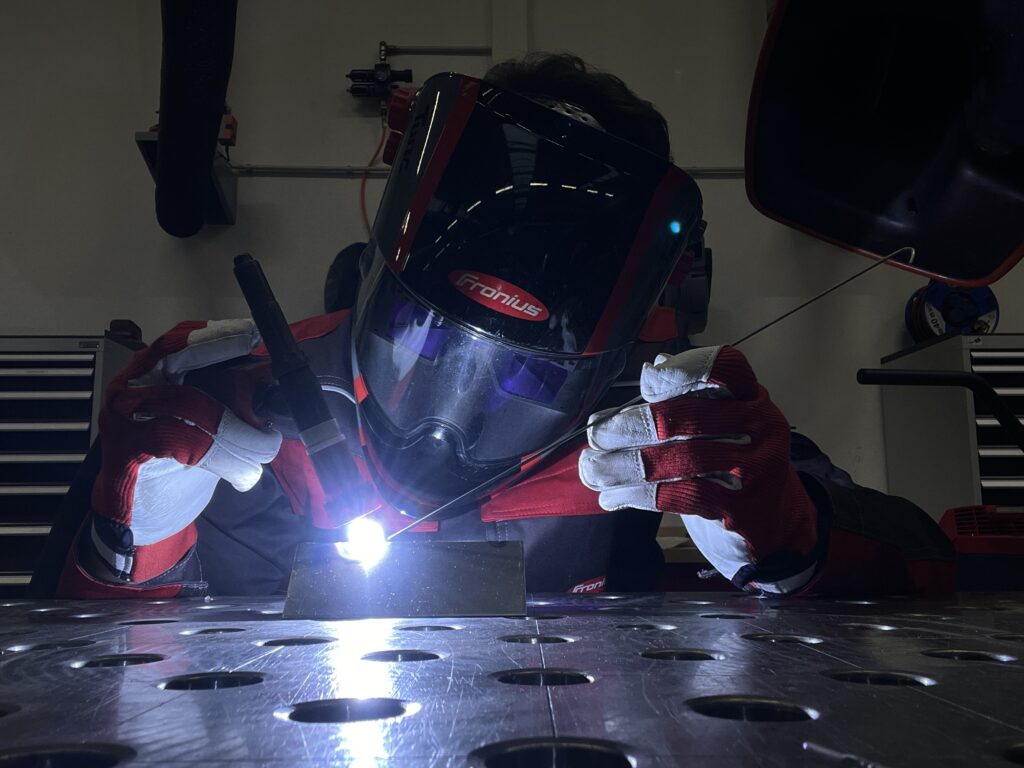
How did you first get into welding and your current job?
While working towards my vocational matriculation examination, I also undertook an apprenticeship as a mechanical engineering technician. I then started working as a welder at Fronius; my actual job title was “Welder Sheet Metal Technology Advanced Mechanical Components”. At that time, my role ranged from maintaining welding machines and robots to updating technical drawings, checking and manufacturing safety components, and training apprentices and new team members. I also worked for a while as a shift supervisor in the welding department. This wide variety of tasks gave me a foundation upon which I was able to build my current skills and knowledge.
Have you always been interested in engineering and technology?
I’d say I gained something of an affinity for both fields during my apprenticeship. I have three brothers, and as an amateur mechanic, our father gave us a basic understanding of technology and passed his knowledge on to us. He never made any distinction between me as his daughter and my brothers when it came to technology and manual skills, and shared his know-how with all of us in the same way. Opting for a mechanical engineering apprenticeship is not what you’d think of as the normal career path for a young woman, but he totally backed every decision I made and told me he was delighted with what I had chosen to do.
Whether you’re talking about men in professions that tend to be performed by women, or indeed women in “male-dominated careers”, clichés still bubble to the surface everywhere. How have you fared as a woman in an industry that has been traditionally occupied by men? Have you perhaps felt the need to prove yourself more than your male peers?
I think the most important thing is to be given the chance to prove yourself in the first place—that was certainly the case for me. I have to say, I’ve never had a sense of being taken less seriously than my male co-workers. I’m well aware of where my skills lie and how I apply my expertise in my job, and that’s something that is appreciated by the whole team. However, I can well imagine that it’s not like this for women everywhere, which is why I recommend that every woman in an industry like mine bring a healthy dose of humor with them and plenty of self-confidence, because that never hurts either.
In your opinion, what’s the reason behind the low numbers of women in welding?
I think it’s a great shame and I don’t really get it, because women naturally possess a high degree of skill and the manual dexterity needed for welding. I think that one of the reasons behind these figures is access to the vocation in the first place. Entry into the industry tends to be easier for boys and more difficult for girls because they’re not presented with the same opportunities in this field at all, or if so then only when it’s too late.
So what could be done to make it easier for women to enter into skilled manual vocations and technical professions?
I think it comes down to starting very early on. For example, schools could organize some form of a “Girls Day” event where female pupils go into industrial companies for a taster day. These pupils would be given the opportunity to try out activities like welding and see if they enjoyed it. If they do find that it’s of interest to them, they can look into it more deeply and at least consider undertaking an apprenticeship in this field. At a time when many young people have no idea what they actually want to do later on in life, any opportunity to get a sense of what it’s like to work in different areas has got to be worthwhile in my opinion.
Where do you see your future heading in the field of welding technology?
I go by the mantra “there’s always more to learn”, which is why I’m currently studying smart production and management alongside my job at the prototyping center. The course is all about the digitalization of production processes—something that fascinates me a great deal and is also a key topic in the welding sector. What I find so exciting about the industry is that it is constantly evolving and there’s something new to learn every day. I’m looking forward to all the challenges ahead of me in this field and I’m sure they will help me to develop hugely. I’m definitely not saying goodbye to this industry any time soon; I know that for sure because I catch sight of weld seams wherever I go, even in my private life—it’s a hazard of the job. But it doesn’t bother me, because at least that tells me I’m exactly where I should be right now.
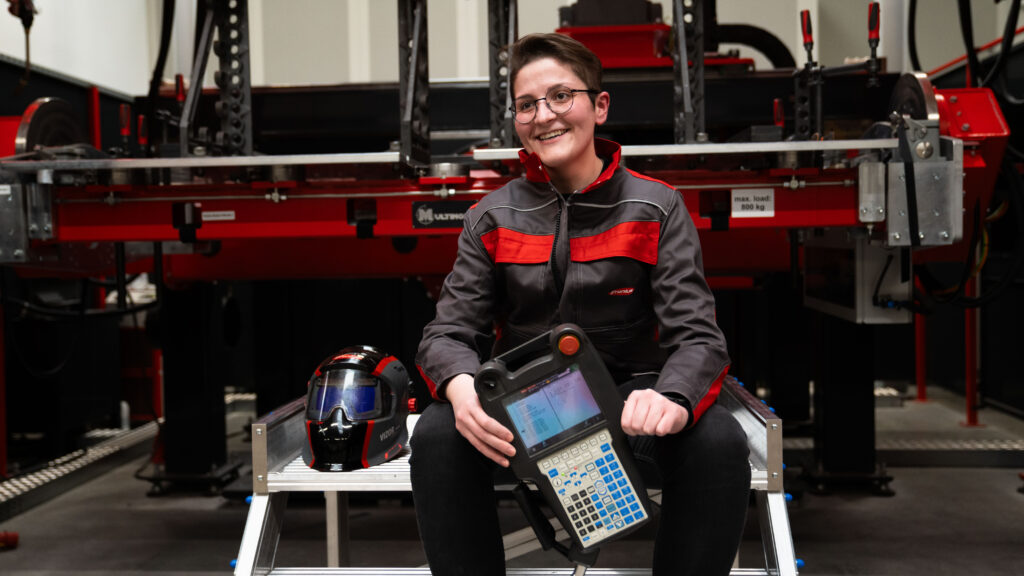
Other careers for women in welding
It is precisely because women are so rare in this industry that it is important to share their stories. That’s why we regularly focus on them in this blog. So if you’re wondering whether other female welders experienced role stereotypes or how they got into welding in the first place, take a look at our other articles on women in welding. The articles “From horse ranch to welding shop: Cinnamon’s path to becoming an application engineer” and “Women in engineering: Tatjana’s route to becoming a mechanical engineer” will give you an insight into the gripping career paths taken by other women in this industry. Enjoy reading!
 Perfect Welding Blog
Perfect Welding Blog
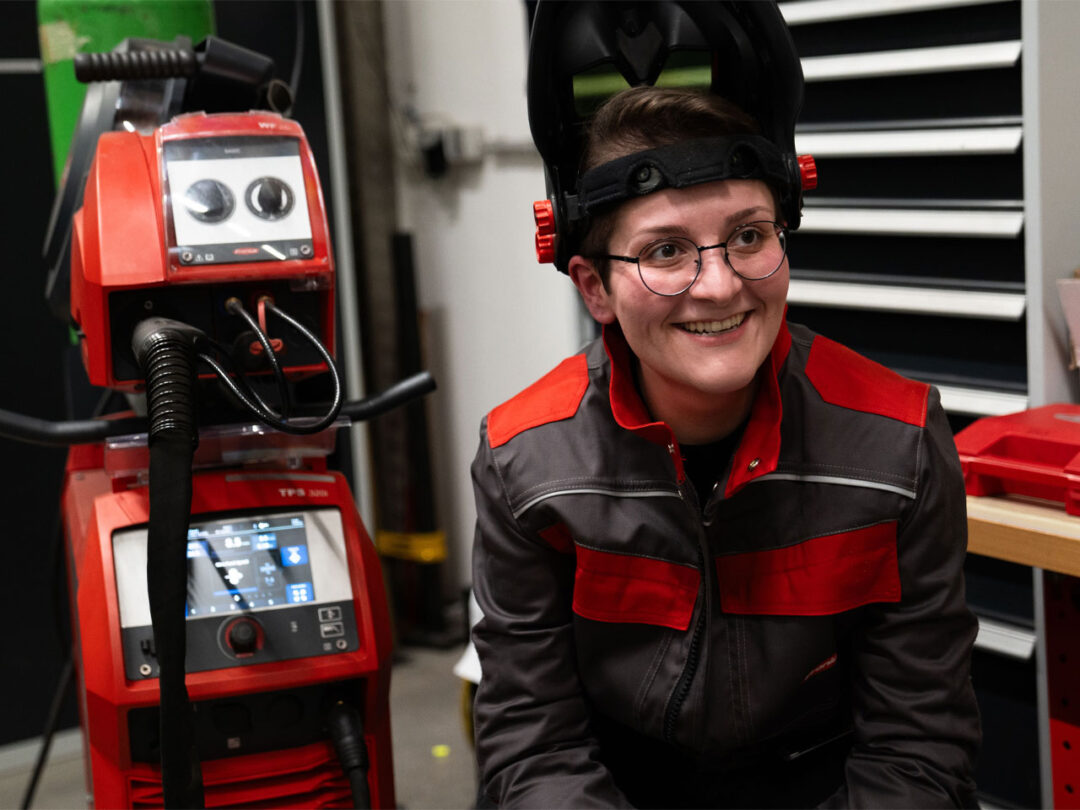
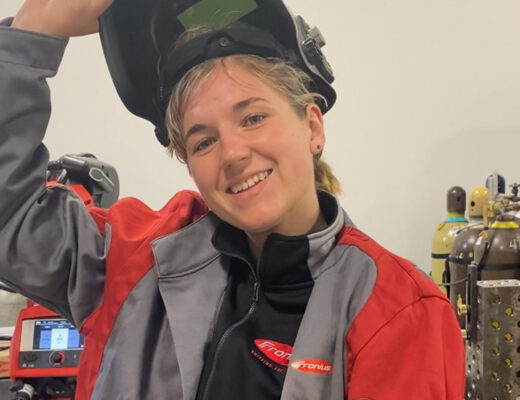

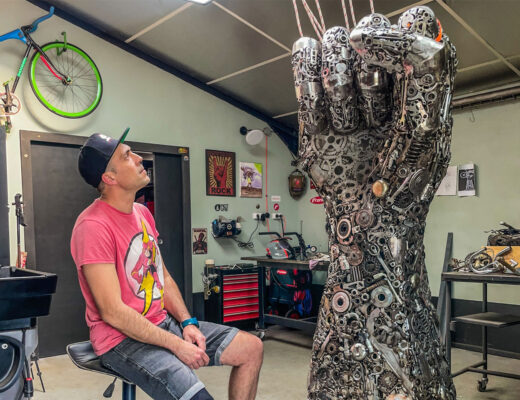
No Comments